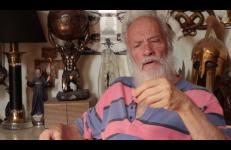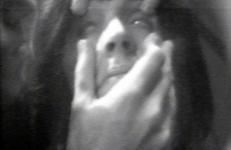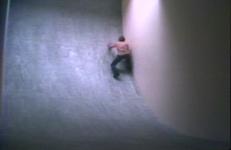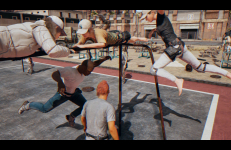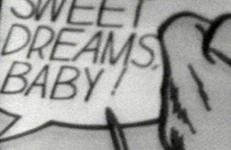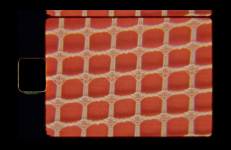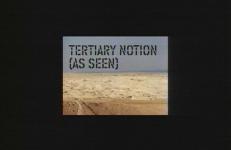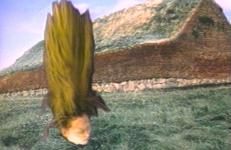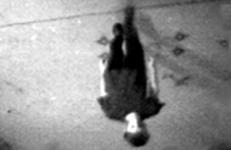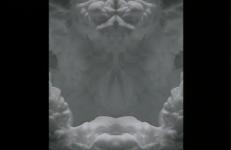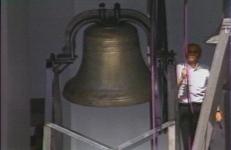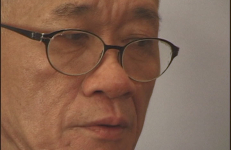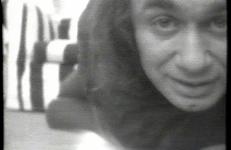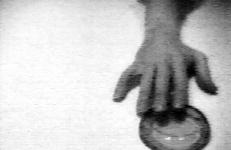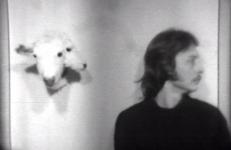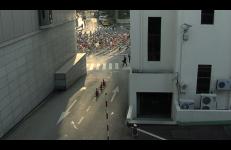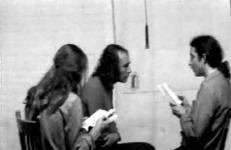In this interview, Indian artist Shuddhabrata Sengupta (b. 1968) discusses his role in the initiation of the Raqs Media Collective, a Delhi-based artist collective, active since the 1990s. At the time of this interview, Raqs had been creating documentaries, art installations, and educational programs for eighteen years. Sengupta likens the driving force of Raqs to that of a game of catch, a process generated by a back-and-forth dialogue mobilized through writing and in-person meetings. As children of the late sixties, Sengupta explains how and why the members of Raqs, (himself, Jeebesh Bagchi and Monica Narula) share an interest in investigating mass communication, technologies of visibility, and the significance of memory and travel. It is also for this reason, Sengjupta explains, that the Collective’s work is committed to fostering rigorous research in addition to art-making endeavors.





